
CNA has published an extraordinary interview with Bishop Jean Laffitte, secretary of the Vatican’s Pontifical Council for the Family on “The Theology of the Body,” or what he prefers to call, more accurately, “The Catechesis on Human Love.” A large part of his interview is spent discussing the ongoing debate occurring in “English speaking countries.”
On What Words Mean
On his preference of terminology Bishop Laffitte states:
“Theology of the Body” is not a wrong expression on the condition of respecting the intention of John Paul II, that he was talking about human love and not only a partial focus on the body and on sexuality, being a bodily expression of love. . . .
Personally, I don’t agree with contemplation of the sexual phenomenon without providing the entire context of the mystery of creation, the mystery of God’s calling to experience and to live human love.
The English translation of Blessed John Paul II’s doctrinal teaching as “Theology of the Body”, while not incorrect in a strict sense, does not typify the entirety of his Catecheses on human love. The Catecheses were originally what the Blessed Pope himself chose in 1985 to be the first critical publication made by the John Paul II Institute for Studies on Marriage and Family in Rome . . .
So, “Theology of the Body” is not wrong. However, if people have no formation on creation, on God’s design, on the anthropology of man and woman, or on the differentiation of the sexes, they then have no ability to defend against the gender ideologies rampant in our secular world today.
He makes a simple and very important point. The whole way the “Catechesis on Human Love” has been cast in English speaking countries has swung the emphasis to body talk. Never mind that “Theology of the Body” sounds both esoteric and erotic, how about synthesizing the catechesis under the title “Naked without Shame.” His advice to swing back to the middle by identifying the pope’s work as accurately as possible will change the terms of the discussion.
On “Mystagogery”
Bishop Laffitte also addresses the question of sexual mysticism. He stresses the fact that every human body belongs to a person and that sexuality is the ordaining of the union of one person with another in a bodily manner through the sacrament of marriage:
When Pope John Paul II talks about the body, it is crucial to understand that we are talking about an animated body, which is the body of a person. He stresses the concrete fact that “[t]he desire here is to be united not with just any person, but with this person in particular: This is my wife, this is my husband.” Thus, the experience of “Theology of the Body” as the language of the body in marriage is ordered to a single person to which one is joined in holy matrimony. If there is a kind of “mysticism” associated with the language of the body, this is where it is experienced:
If we develop a mysticism of sexuality, in a reduced meaning of the word, then we could make the argument of an interchangeable sexuality.
And why not? If sexuality were wonderful only in this aspect – mere intercourse between a man and a woman – then why should it not be the same for this man and another woman, and another, and another?
No – it’s not like that at all. It’s a personal event. Such union is between two persons, one made for the other in God’s Providence . . . .
Personally, I don’t agree with contemplation of the sexual phenomenon without providing the entire context of the mystery of creation, the mystery of God’s calling to experience and to live human love.
On Vulgarity
Bishop Laffitte concentrates on the manner in which we discuss Blessed John Paul II’s “Catechesis on Human Love”: 1) he is refutes the idea that it is fitting to lift the veil off sexuality in order to communicate the beauty of married love to the modern world; 2) he is suggests that the nature of the pope’s catechesis defies being dumbed down to a purely “vulgate” presentation. To do so is to falsify it.
First, on the tendency to unveil sexual values:
There is a danger of vulgarizing here a crucial truth of our Faith that needs rather to be contemplated. It requires a silence. Sometimes in reading Blessed John Paul II’s Catecheses, you read only half of a page and then have to stop … you cannot continue … because it provokes within you a kind of loving meditation of what God has made. You enter into the mystery. . . .
The beauty of the body reflects the presence of the spirit, which is a mystery. And yet, we still have to contend with the reality of sin.
Man and woman have sinned, and in our bodies we bear the consequences of this wound in our nature.
That’s why it’s unrealistic – even a kind of angelism – to imagine that we can discuss or express our sexuality in an indifferent manner.
Secondly, on the tendency to “over-popularize” the “Catechesis on Human Love”:
Personally, I am against any notion that we should reduce all difficult thought, or any difficult articulation of ideas, assuming in advance that people are unintelligent.
Perhaps at times we may encounter people who are not cultivated, who may not enjoy the habit of dealing with philosophical and anthropological topics on a regular basis.
However, a person of good faith always is able to be sensitive to mystery, because a person lives and experiences without necessarily knowing how to describe it.
Even when a person cannot read and write, when he falls in love with someone he enters into an extraordinary mystery — exactly the same mystery experienced by someone who might be able to describe it with more finesse.
The problem involves not the formulation, but rather the respect for the mystery with which we are dealing.
It is essential to present these teachings with reverence, with meditation, with silence. We’re dealing here with an endeavor in genuine education, not merely a strict transmission of knowledge.
The Catecheses of which we speak are not a “gnosis” only understood by an elite, but rather they serve as an extraordinary deepening of human understanding, in what every man and woman is called to experience.
Every single person within any culture can understand the questions: “What do you want in your life? What are your deepest desires?”
The transmission must be a holistic one – it means being conscious of the nature of the person. You wouldn’t speak to a 15 year-old in the way you would a 20 year-old, or a married couple or an elderly couple. But all of them can understand the nature of the mystery.
This is what I was trying to say in my own poor way in the Inside the Vatican article, namely, that before “The Theology of the Body,” is a corpus of teaching, it is the language of the body, a symbolic language, that it is spoken because we are men and women and experience each in that way, without having to focus on body parts and sexual acts. If we just live the faith, avoid the extremes and allow ourselves to be further enlightened according to our abilities in a reverent way, we will be catechized in the ways of authentic human love.
I am very grateful for the words of Bishop Laffitte.

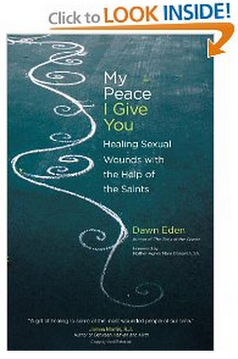
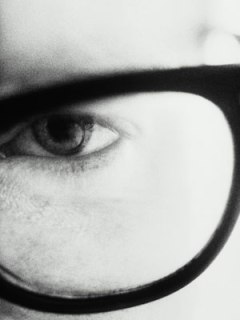 Christopher West has quoted me in his new book, At the Heart of the Gospel: Reclaiming the Body for the New Evangelization.
Christopher West has quoted me in his new book, At the Heart of the Gospel: Reclaiming the Body for the New Evangelization.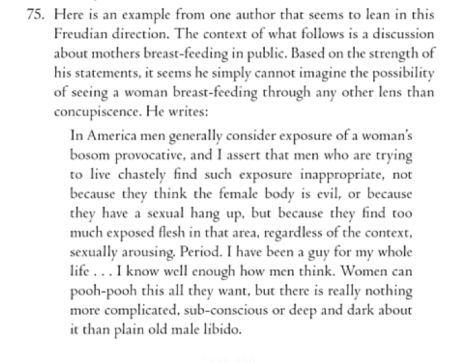
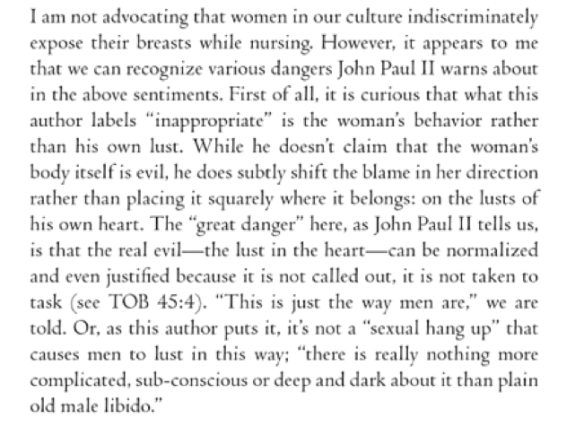
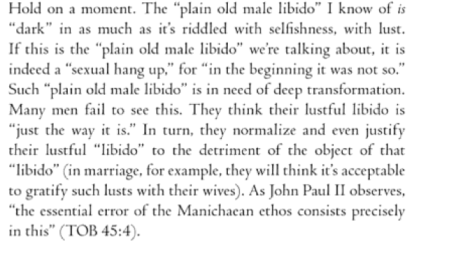
 After all West speaks about the language of the body precisely in terms of sexual values. Those values, sexual desire, sexual pleasure and the conjugal act itself point beyond themselves to desire for unity with God, the bliss of heaven and the mutual self-giving of God and the soul. So when West suggests that we should have a holy fascination with the body and sex, as he does, for example in
After all West speaks about the language of the body precisely in terms of sexual values. Those values, sexual desire, sexual pleasure and the conjugal act itself point beyond themselves to desire for unity with God, the bliss of heaven and the mutual self-giving of God and the soul. So when West suggests that we should have a holy fascination with the body and sex, as he does, for example in 
